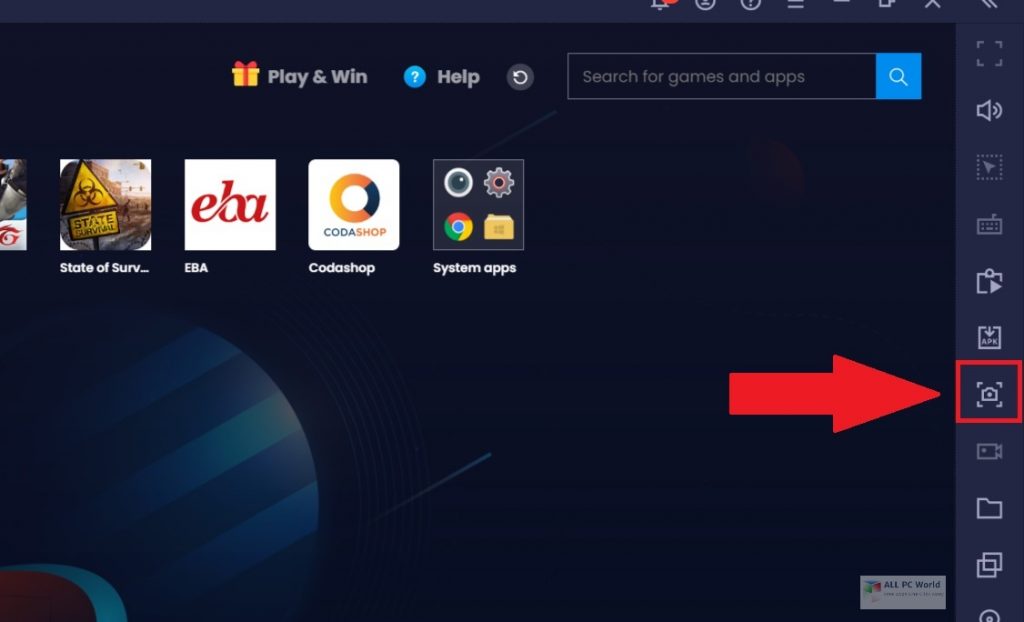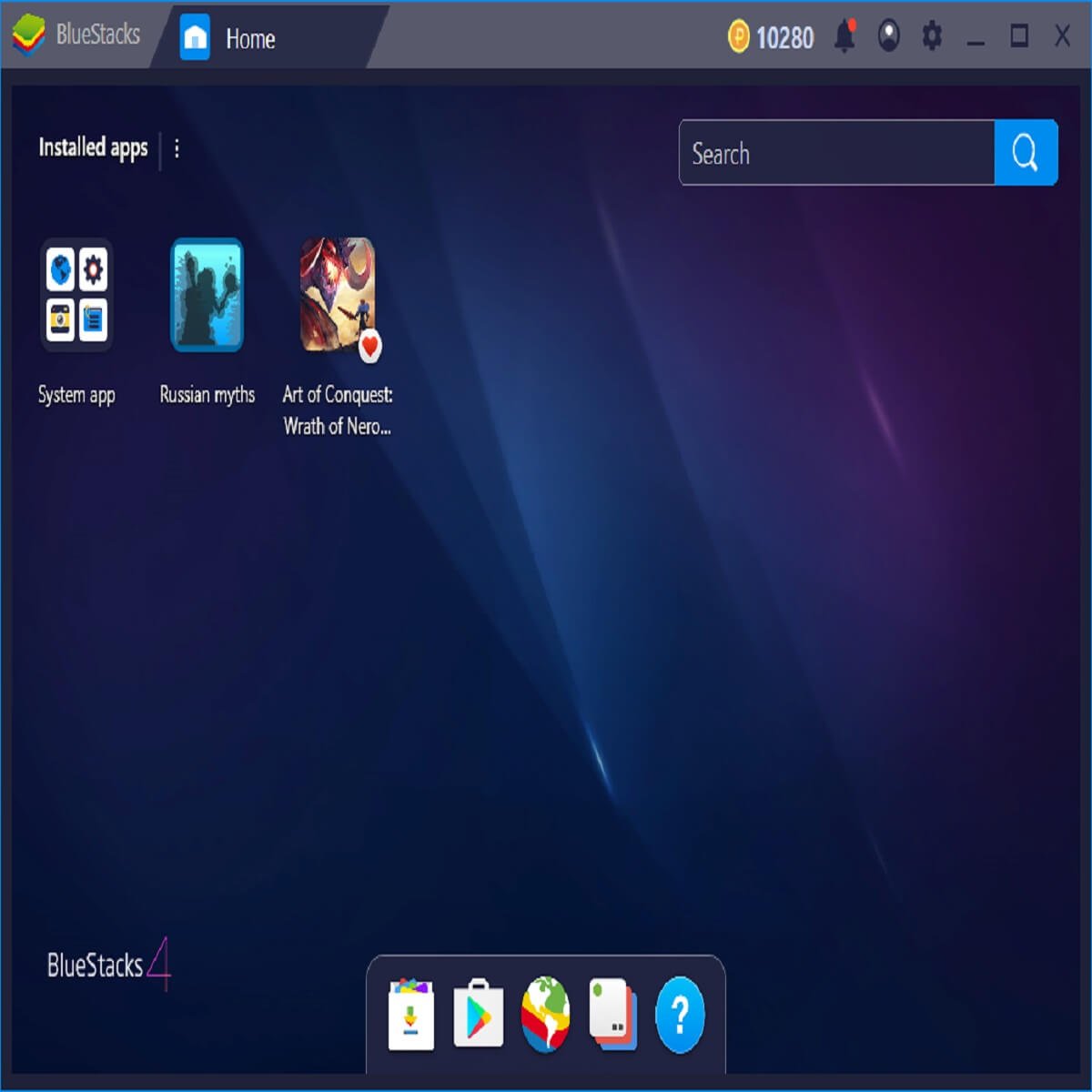

RewardsĪ new BlueStacks reward system awards points every time you install an application.

Through this toolbar, a user can access the App Center, Instant Manager, Play Store, Help Center, and Rewards Manager. Whereas in BlueStacks, a new toolbar is glued to the bottom of the interface, like an iOS dock. BlueStacks 3 brought a new App menu from where users could access the System Apps such as Google Play Store and others. User-interface changes are not as prominent in this iteration of the Android emulator tool when compared to its previous versions.

The emulator runs smoothly and allows you to play popular titles with customized PC controls or your touchscreen. Gaming is going to be the primary use case for many BlueStacks users and I think they'll be happy with it. I ran into a few stutters that affected my gameplay but for the most part, I could play Breakneck well, or at least almost every time I crashed was my fault and not BlueStacks'. I use a Matebook X Pro which isn't a powerhouse but does have an MX150 in it to give it a little extra oomph. Performance of BlueStacks is going to vary depending on your hardware. This is a great addition to BlueStacks and makes it easy to play games like PUBG, some would say too easy. You can map keys on a per game basis, create custom tap spots on your screen that you can map to specific keys, and even use you mouse to aim and shoot (though many would consider that unfair). BlueStacks 4 allows you to create custom keyboard maps to make sure that you can play mobile games with your keyboard setup.

One of the most important features for an emulator is keyboard mapping.


 0 kommentar(er)
0 kommentar(er)
